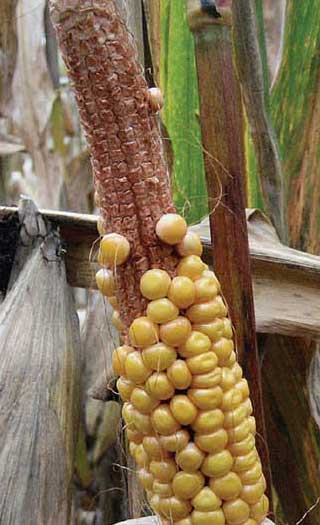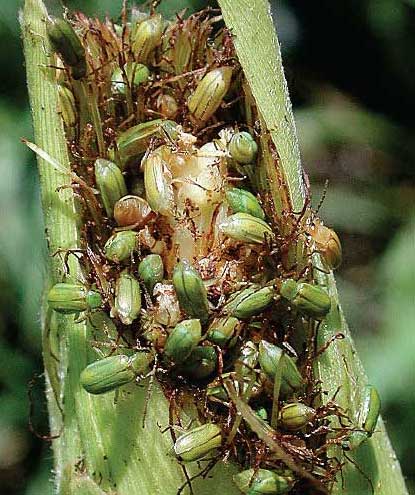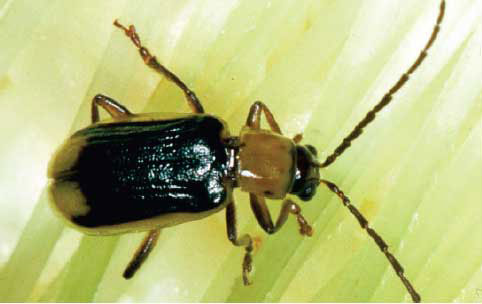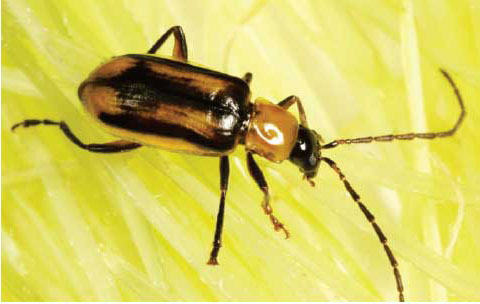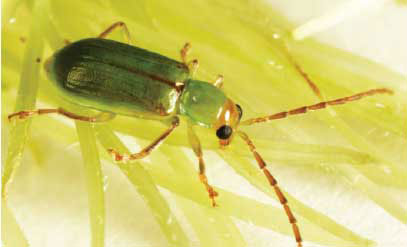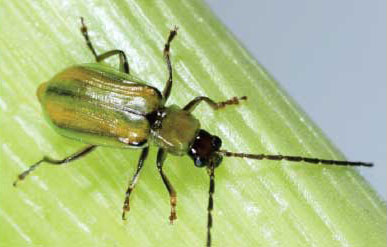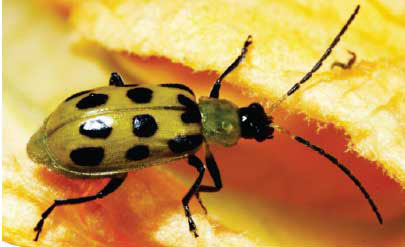Key Points
- Damage from corn rootworm adults feeding on silks can reduce seed quality and grain yield in seed production fields, as well as commercial corn fields.
- Rootworm populations can be controlled through crop rotation, planting timing, Bt traits, and insecticide applications.
The foregoing is provided for informational use only. Contact your Pioneer sales professional for information and suggestions specific to your operation. Product performance is variable and depends on many factors such as moisture and heat stress, soil type, management practices and environmental stress as well as disease and pest pressures. Individual results may vary. Pioneer® brand products are provided subject to the terms and conditions of purchase which are part of the labeling and purchase documents

